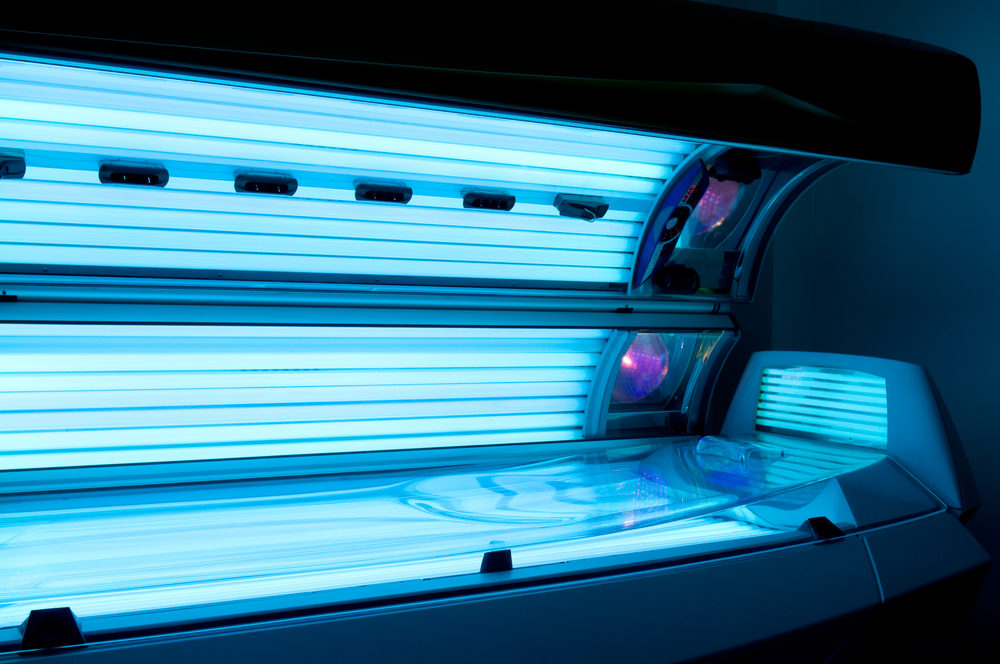Indoor Tanning Counseling On Skin Cancer Risks Lacking Among Adolescents: Study

Despite the known risks associated with indoor tanning, a new study suggests that most health care professionals still do not discuss the potential skin cancer risks with patients, leading experts to call for increased clinical counseling among youth and adolescents.
In a report published this month in the medical journal Pediatrics, researchers indicate that only 34 percent of pediatricians discussed UV ray protection and indoor tanning risks with patients in 2015.
Skin cancer cases in the United States have increased significantly over the last decade, with the number of skin cancer cases in the U.S. reaching more than 260,000 in 2015, costing the U.S. healthcare system hundreds of millions of dollars in related medical costs.

Did You Know?
Change Healthcare Data Breach Impacts Millions of Customers
A massive Change Healthcare data breach exposed the names, social security numbers, medical and personal information of potentially 100 million Americans, which have now been released on the dark web. Lawsuits are being pursued to obtain financial compensation.
Learn MorePrior studies have indicated indoor tanning is playing a major part in the increasing rates of melanoma, and also increases a person’s risk of non-melanoma skin cancer.
Melanoma is the deadliest form of skin cancer. Young women who tan indoors before the age of 30 have a six times higher risk of developing melanoma than their peers.
Researchers with the Children’s Hospital at Montefiore, at the Albert Einstein College of Medicine, the American Academy of Pediatrics (AAP) and the U.S. Centers for Disease Control and Prevention collected data from a national random sample of AAP members practicing primary care in 2002 and 2015. The researchers analyzed the attitudes and experiences regarding sun protection counseling, specifically indoor tanning risks.
The study found that only 34 percent of pediatricians discussed tanning risks with most of their patients in 2015. That is up from only about 23 percent in 2002. However, the U.S. Preventive Services Task Force recommends clinical counseling for all individuals between the ages of 10 to 24 years of age to prevent future skin cancer cases.
“Although improved, sun protection counseling rates remain low. Indoor tanning counseling can be improved,” the researchers noted. “Because early-life exposure to UV radiation increases risk and clinician counseling can positively impact prevention behaviors, pediatricians have an important role in skin cancer prevention; counseling may save lives.”
Health experts have called for new laws in recent years to restrict youths’ access to indoor tanning facilities after previous research found that indoor tanning before the age of 30 is linked to a six-fold increased risk of developing skin cancer. However, not all states have passed laws banning the use of indoor salons from youth.
Even in states that have enacted restrictions, studies have indicated bans on teen indoor tanning have little effect in deterring teens from the harmful habit, putting a heavier burden on tanning salons to enforce the rules.
A study published in the medical journal JAMA Dermatology investigating states with indoor tanning salon restrictions on teens found that more than half of salons in states with the most stringent youth tanning restrictions were non-compliant. Additionally, roughly 50 percent of salons in states with more than one teen tanning regulation still allowed teens to book tanning appointments.
Furthermore, many salons recorded in the study also provided inaccurate information concerning the dangers of indoor tanning when a minor called, according to the findings. About 20 percent of salons said the dangers of indoor tanning were no worse than dangers posed by the sun, and 10 percent said there were no dangers at all.
According to a melanoma diagnosis study published in the Journal of the American Medical Association (JAMA), researchers estimated roughly 80,000 Americans were diagnosed with melanoma in 2016, resulting in at least 10,000 fatalities.





0 Comments